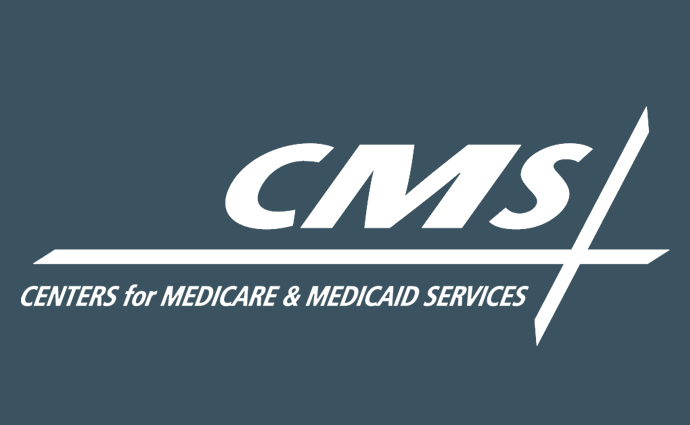Recovery Audit Contractor Reform Eases Provider Burden, CMS Says
New recovery audit contractor rules reduced provider burden while enabling contractors to recover $73 million in improper payments in FY 2018, CMS Administrator reports.

Source: Xtelligent Healthcare Media
- The Medicare fee-for-service Recovery Audit Contractor (RAC) program found approximately $89 million in overpayments and recovered $73 million in the fiscal year (FY) 2018, CMS Administrator Seema Verma reports in a new official blog post.
In the blog post, Verma boasts that the program was able to identify and recover a significant number of Medicare improper payments in the last year due to recent changes, including holding RACs account for their performance.
In FY 2018, CMS required RACs to maintain a 95 percent accuracy score. Failing to maintain the score resulted in certain contractors receiving a progressive reduction in the number of claims they were allowed to review.
RACs also received a progressive reduction in the number of claims they could review if they failed to maintain an overturn rate of less than 10 percent, Verma adds.
CMS also started to hold back contingency fees paid to RACs until after the second level of appeal is exhausted. RACs used to receive their fees immediately upon denial and recoupment of the Medicare improper payment.
READ MORE: Key Ways to Improve Claims Management and Reimbursement in the Healthcare Revenue Cycle
Verma explains that the new RAC program rules provided better oversight in FY 2018, which has helped the program improve identification of Medicare improper payments while responding to provider criticism.
Industry stakeholders have recently criticized the RAC program, telling CMS that RAC audits are resource intensive. Not only are the audits time-consuming, but the audits also require administrative expenses that can quickly increase if a claim goes through the lengthy appeal process.
In particular, the American Hospital Association (AHA) has disapproved of the program. The hospital group monitored RAC program results and burdens through its RACTrac initiative from 2014 to 2016.
In its last report, the AHA found that 60 percent of claims reviewed by RACs in the third quarter of 2016 did not have an overpayment. In addition, hospitals appealed approximately 45 percent of all RAC denials.
Forty-three percent of all hospitals also reported spending over $10,000 managing the RAC process during the quarter. Another 24 percent spent more than $25,000, and 4 percent spent over $100,000.
READ MORE: How to Maximize Revenue with Improved Claims Denials Management
The AHA and other stakeholders have also recently pointed out the RAC program’s role in the Medicare appeals backlog.
HHS has been facing a growing backlog of Medicare appeals because of an increase in the number of claim appeals brought on by beneficiaries and providers. The federal department estimates that 426,594 appeals were stuck in the backlog in FY 2018, and the backlog is slated to increase. Despite a 90-day statutory limit, the average processing time for appeals increased from 1,193.9 days in FY 2018 to 1,321.1 days in FY 2019, the department reports.
The RAC program is adding to the growing Medicare appeals backlog. The Government Accountability Office (GAO) reported in 2016 that the RAC program contributed to more claim appeals between 2010 and 2014, and judges ruled in favor of the provider in 57 percent of RAC-related appeals in 2014.
The AHA and other industry stakeholders have called for RAC program reforms to lessen the Medicare appeals backlog and provider burden.
CMS is listening to their complaints and advice, Verma reassures RAC program critics in her latest blog post.
READ MORE: The Difference Between Medicare and Medicaid Reimbursement
“CMS listened to what providers were telling us and we made meaningful changes,” she writes. “That input informed our thinking as we re-examined all aspects of our RAC processes. We identified areas where we could reduce provider burden and appeals, and increase program transparency, while enhancing program oversight and effectiveness.”
In addition to improved RAC program oversight, Verma also reports that CMS reduced provider burden and appeals in FY 2018 by allowing RACs to audit proportionately to the types of claims a provider submits and changing how RACs identify whom to audit.
CMS also gave providers more time to submit additional documentation for a claim before having to repay the claim.
“This 30-day discussion period, after an improper payment is identified, means that providers do not have to choose between initiating a discussion and filing an appeal. CMS expects this will continue to reduce the number of appeals,” Verma states.
Additionally, CMS recently increased RAC program transparency by seeking public comment on proposed areas for review and requiring RACs to improve their provider portals to make it easier for providers to understand the status of claims.
“As a result of these efforts, we’ve reduced RAC-related provider burden to an all-time low, as evidenced by the significant decrease in the number of RAC-reviewed claim determinations that are appealed and the corresponding reduction in the appeals backlog,” Verma writes.
CMS will continue improving the RAC program to reduce provider burden and identify Medicare improper payments, Verma adds.
